Affiliate Disclosure: We earn a commission if you purchase through one of our links at no additional cost to you.
Understanding Focal Length
I was on a photography forum when a discussion came up about the differences between wide angle lenses and telephoto lenses. I thought this was a good topic to discuss some key differences and how to choose a lens for a given result. Most of this post came from my contribution to the topic, so I decided to share it here. The part of the conversation that caught my eye was this one:
The terms “Telephoto” and “Wide Angle” refer to focal lengths and not really anything else “special” about them*. The focal length determines the amount of “zoom” that you see in the photos, the lower the number (usually done in mm (probably always)) the “wider” the shot.
There is a difference in the angle of view between a wide angle lens and telephoto lens. That difference is more than from the amount of “zoom” you see in photos. As your focal length increases, the angle of view decreases. There’s a very good explanation and some images to demonstrate on this Wikipedia page about Angle of View.
Another factor you have to consider is lens compression. Perhaps that’s best explained with a comparison.
Notice the castle behind the statue and how it increases in size relative to the statue as I get farther away from it. Also, look at the base of the statue and the flowers around it. As my focal length increases, the angle of view decreases. You see less and less of the things on either side of my subject.
In the 24mm shot, I was right up against the flower bed and couldn’t get any closer. The subjects seem smaller and farther away. The angle of view is obviously wider because you can see the flags on the side of the castle. As the focal length increases, you can’t even see the side of the castle walls by the time I get to 100mm. Each progressive increase in focal length reduces the width of the angle of view while compression makes the subjects – both foreground and background – seem closer.
How to Choose a Lens
There’s more to a lens than focal length. When I think about how to choose a lens for my kit, I want to know how it solves a problem for me. You can see in the image above that focal length is about more than just distance to your subject. It has a creative element, too. Lens compression can really bring bring your background into the shot. The angle of view can determine what is inside or outside your frame.
Aperture size is another consideration. I can buy a Nikon 28-300mm lens for about a thousand dollars, but a Nikon 70-200mm lens costs more than twice that amount. Why does it cost so much more when it has so much less focal range? Part of the difference is the constant f/2.8 aperture of the 70-200mm lens. If you want fast glass for use in low light or great bokeh when shot wide open, you’re going to pay for it.

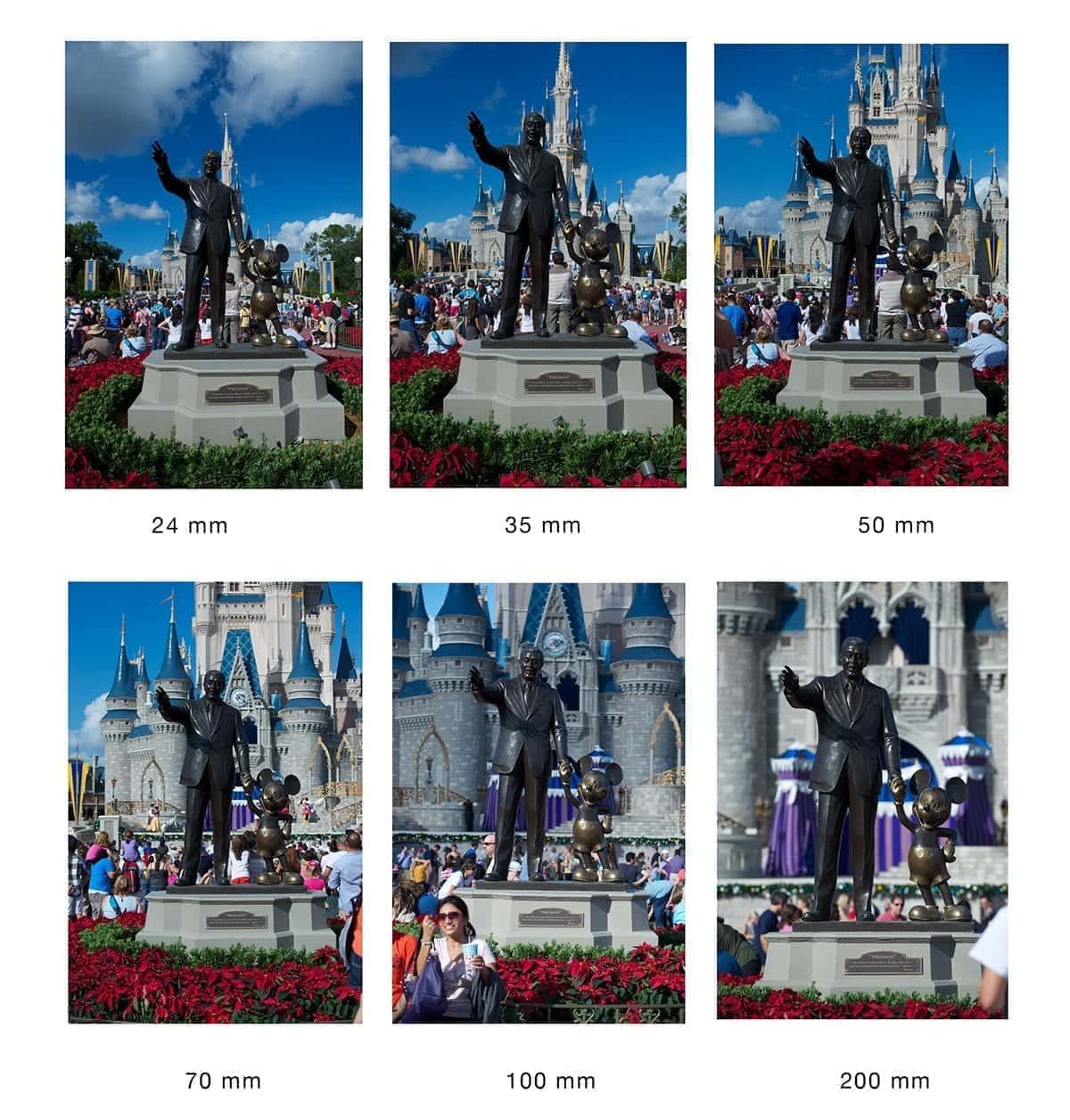
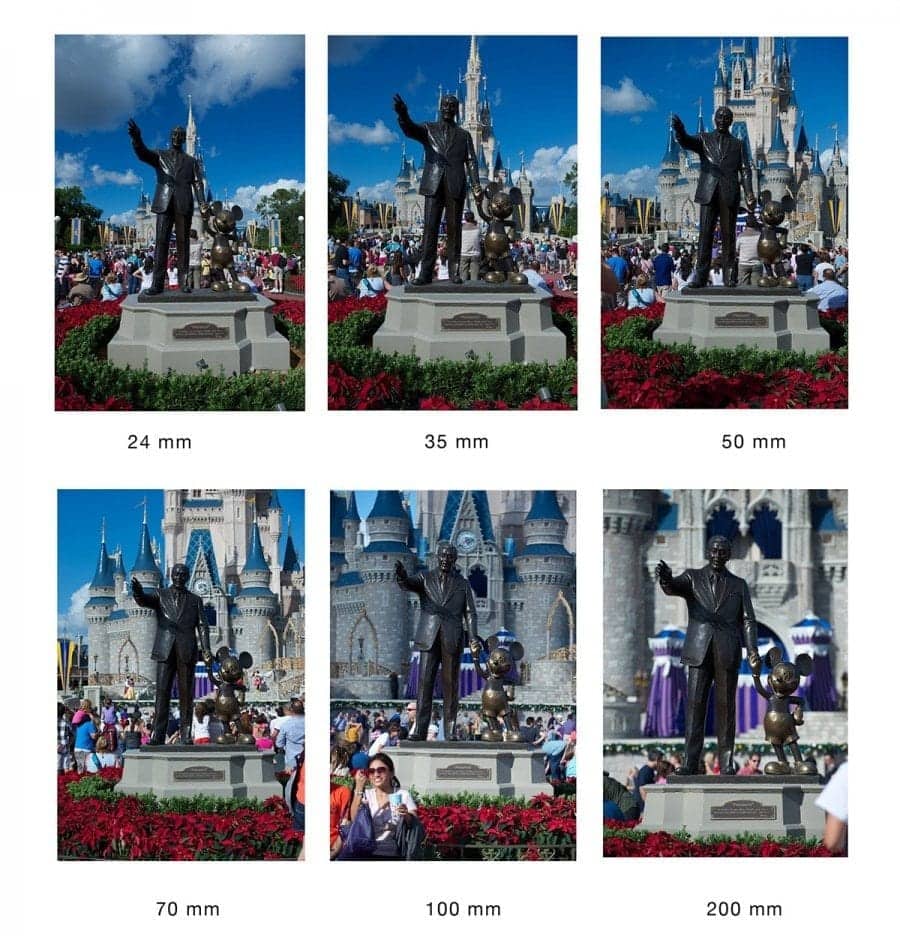
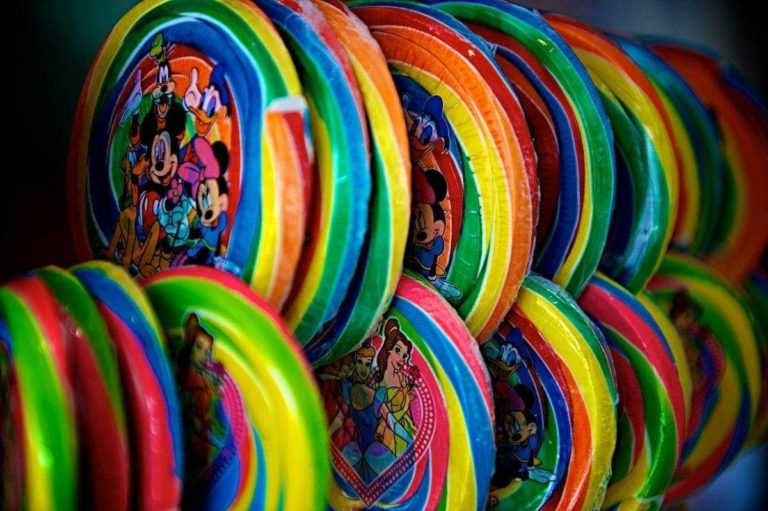
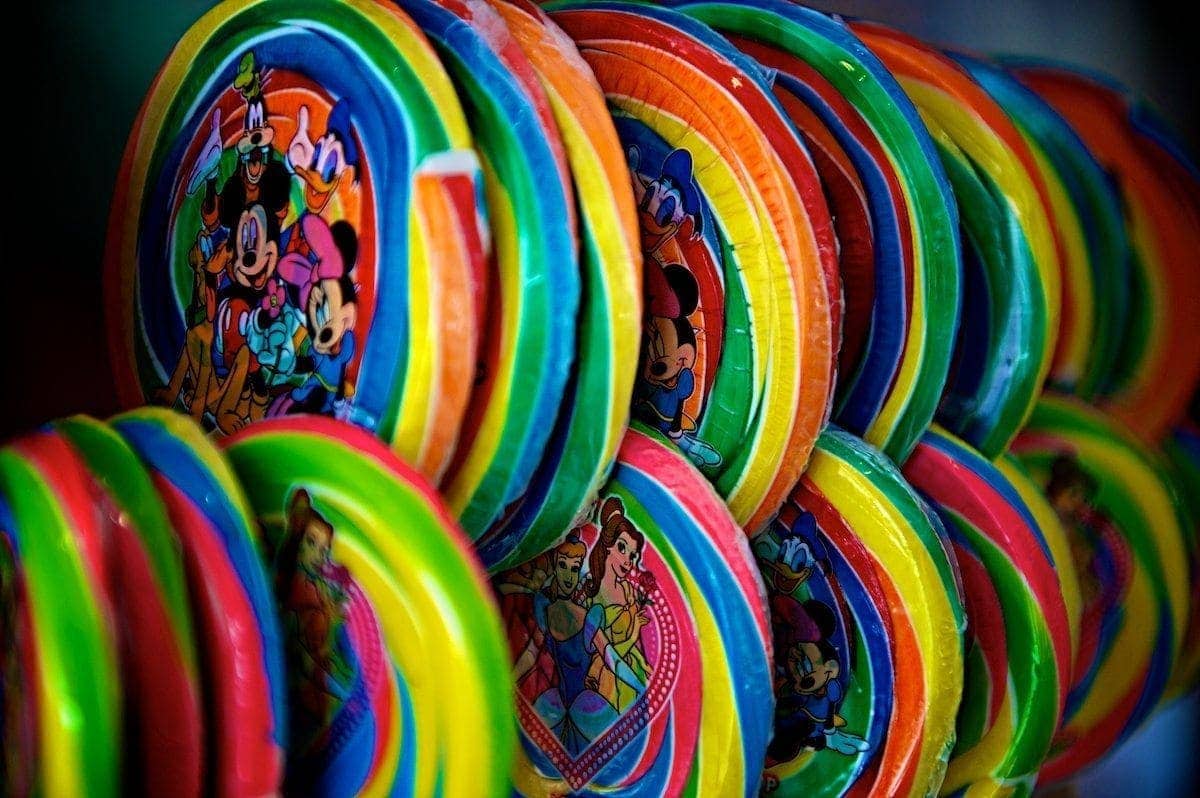
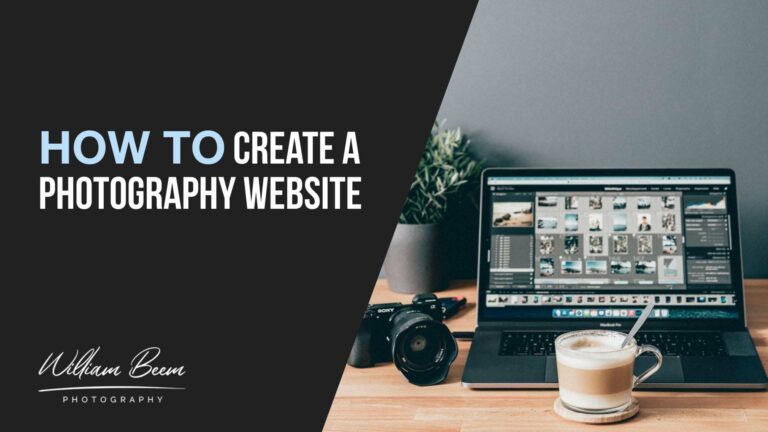
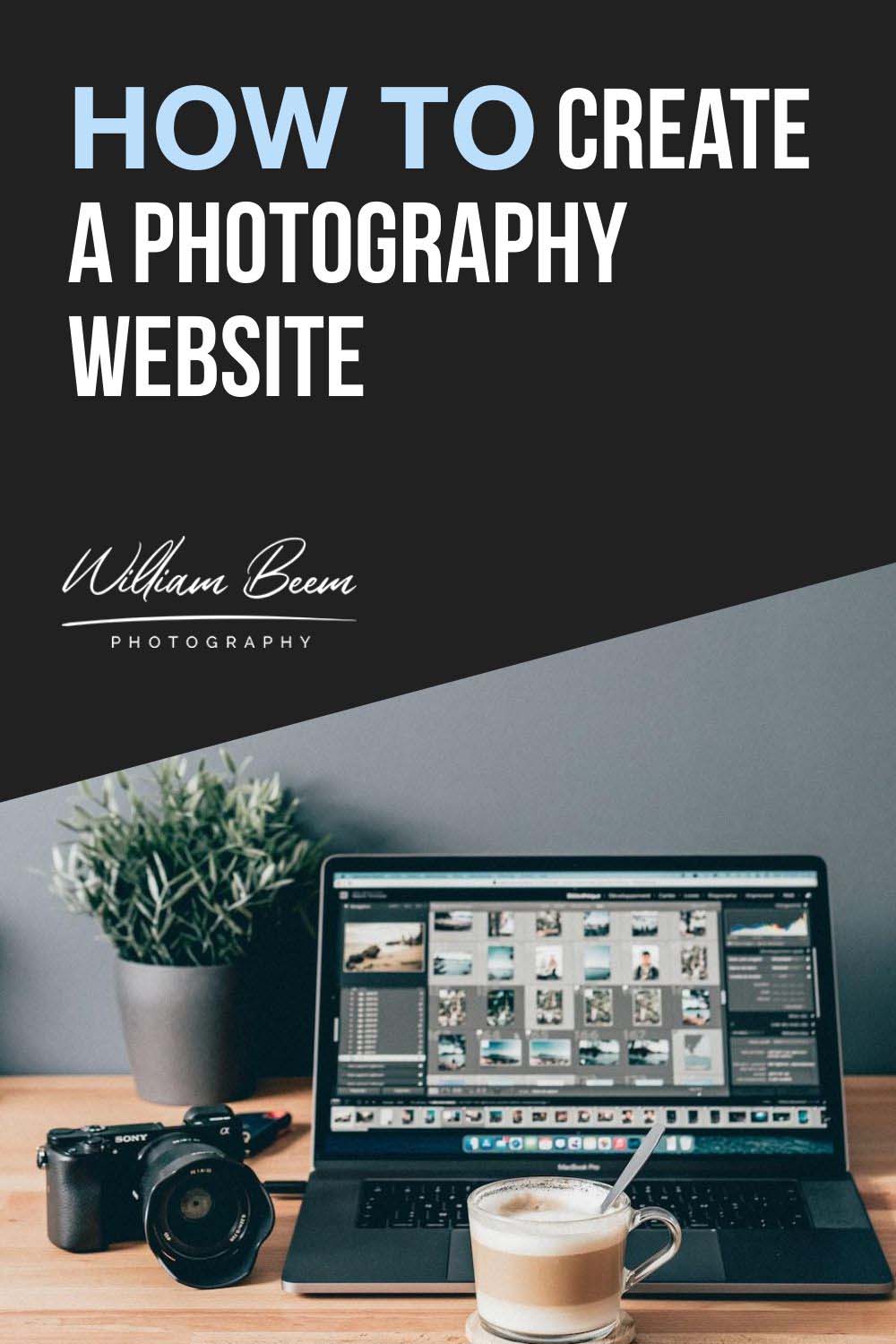
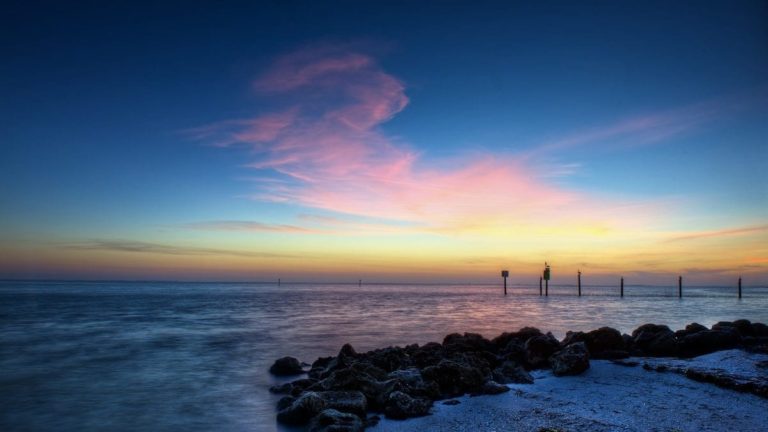
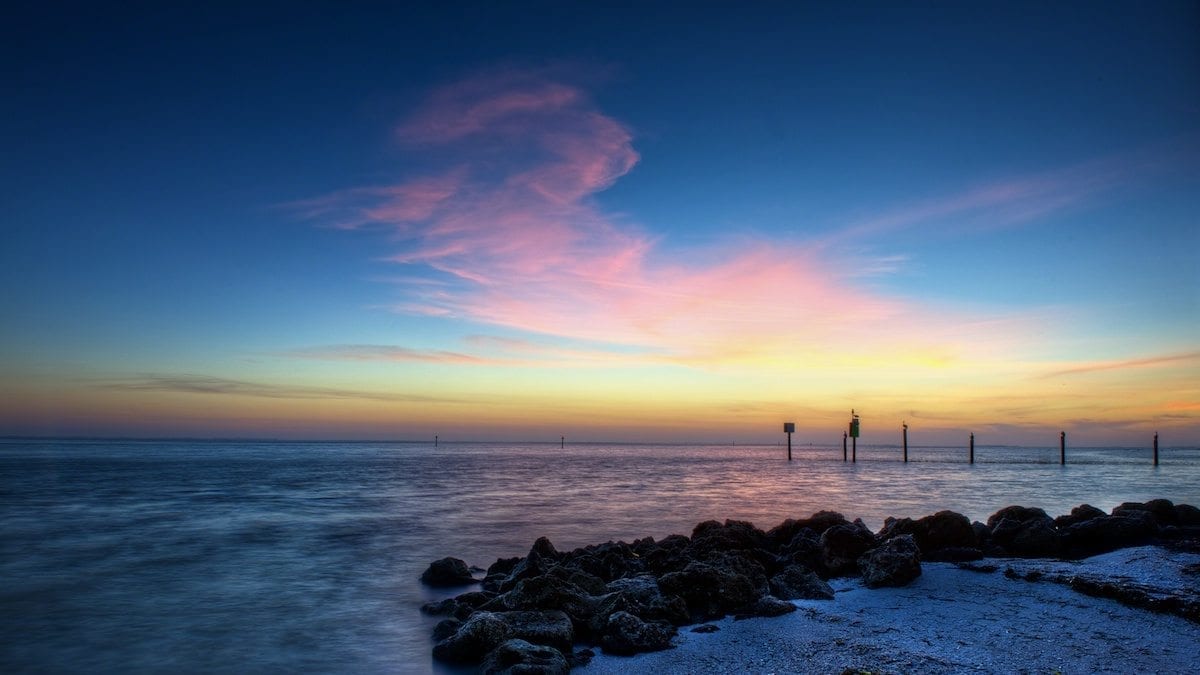
Testing with Google Chrome
thank you for the article and photo, it helped me explain the concept of lens compression 🙂
Waleed,
Thanks for taking the time to leave a comment. I’m really glad the post helped.